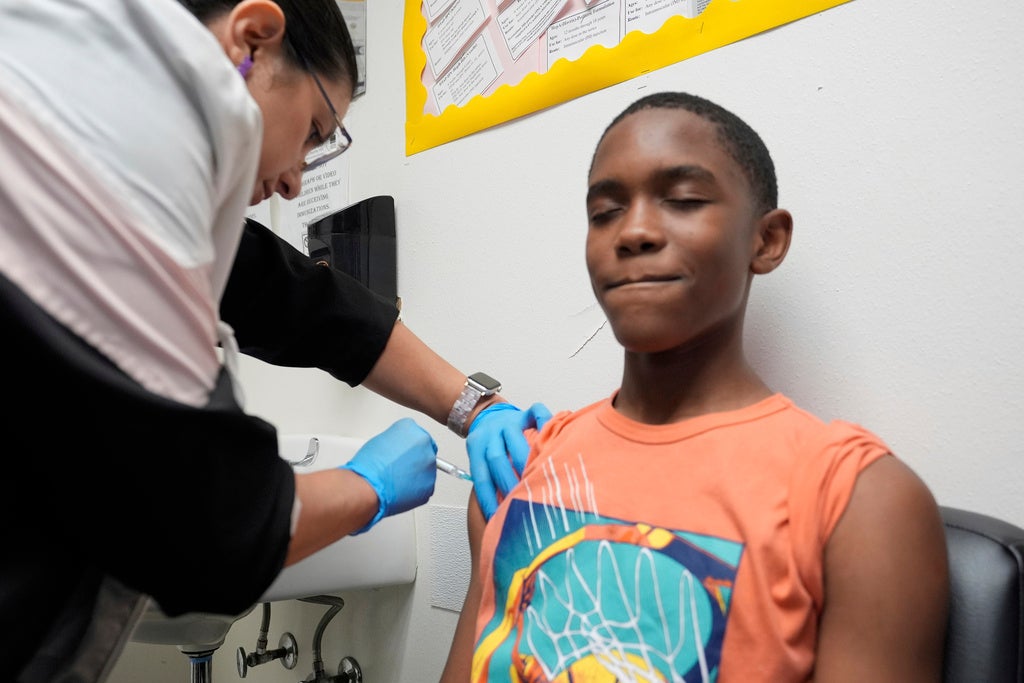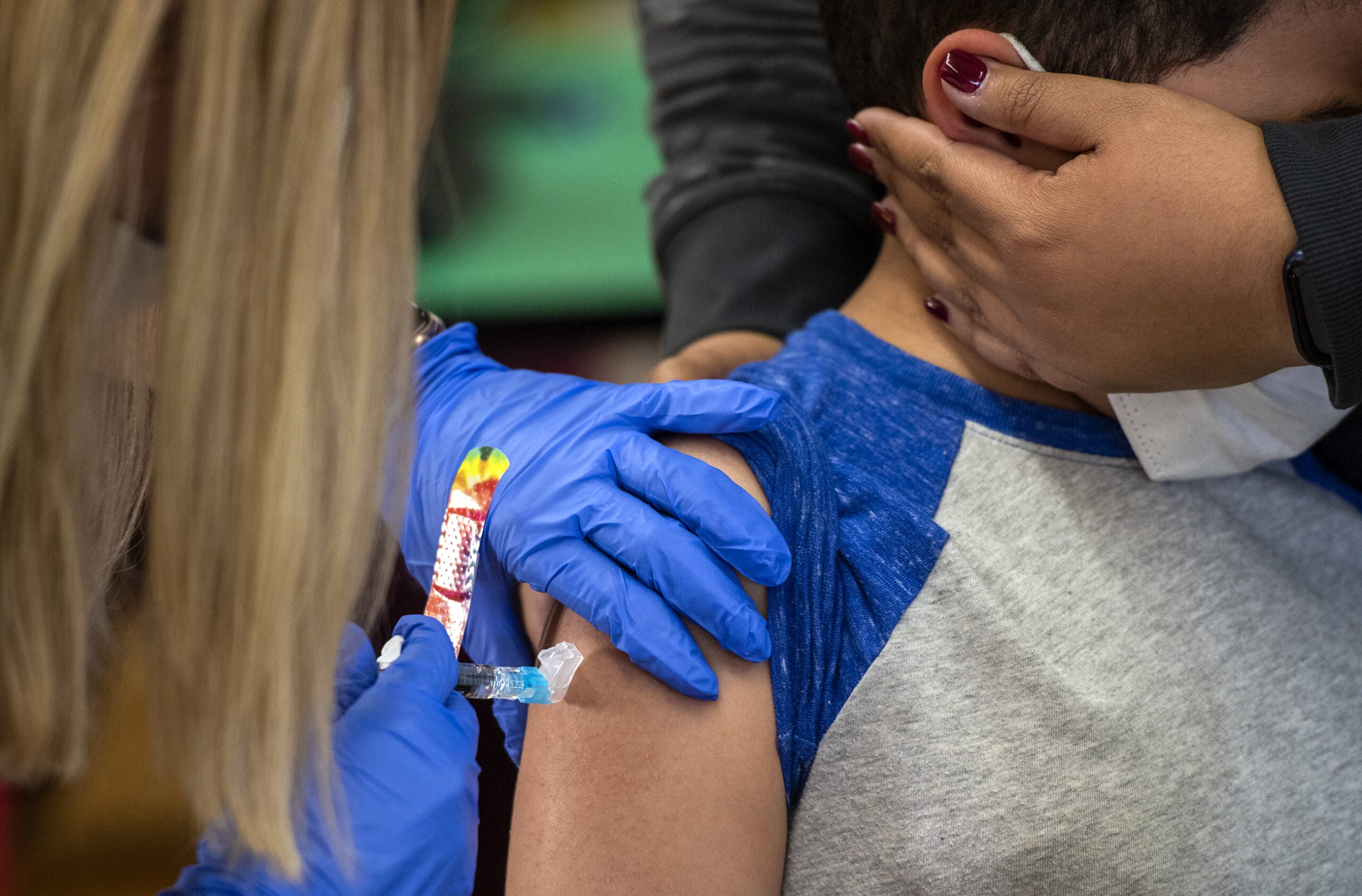New research from the U.S. Centers for Disease Control and Prevention finds that 1 in 31 American 8-year-old children were diagnosed with autism spectrum disorder — raising renewed focus on arguments why autism diagnosis rates have increased for the last 25 years.
The rate of autism found in American children has increased nearly fivefold since the CDC began tracking data on children with the condition in 2000. The latest report attributes the rate increase to a variety of factors like greater awareness and improved services.
In response to the latest data from the CDC, U.S. Department of Health and Human Services Secretary Robert F. Kennedy Jr. blamed environmental factors for the increase in autism diagnoses, contradicting the findings of the researchers behind the report. Kennedy has falsely claimed that vaccines are linked to increased rates of autism.
News with a little more humanity
WPR’s “Wisconsin Today” newsletter keeps you connected to the state you love without feeling overwhelmed. No paywall. No agenda. No corporate filter.
Maureen Durkin is an epidemiologist and professor of population health sciences and pediatrics at the University of Wisconsin-Madison. She is one of the authors of the CDC report showing a rise in the rates of children diagnosed with autism.
She told WPR’s “Wisconsin Today” that there are many factors contributing to the increase in diagnoses of autism, including a 2006 mandate from the American Academy of Pediatrics that all children be screened for autism at doctor checkups.
“And then [the] increasing ability to diagnose and refer children for [autism] services has certainly contributed to the increase,” Durkin said.
Durkin told “Wisconsin Today” about the many factors that contribute to how children are diagnosed with autism and how Wisconsin compares to other states.
The following was edited for clarity and brevity.
Rob Ferrett: The rate of autism diagnoses in American 8-year-olds has gone up over time. There’s roughly two ways to understand that: It could be there are more children with autism than there were, or there’s more screening for autism than in previous years. How do we sort out what might be leading to that higher number?
Maureen Durkin: It’s difficult to sort out. There are many factors contributing to the prevalence of autism. I do think screening is one of them. … The diagnostic criteria themselves have also expanded. It’s been expanding over time. It used to be considered a very narrowly defined condition, and now it’s seen as a spectrum with a range of levels of impairment.
There are many different factors that contribute to [autism rates]. And it’s probably multiple conditions that get lumped into one category because the behavioral features are the same. There are over 200 genes that have been identified that increase the likelihood that somebody will develop autism. And then there are other factors, as well. Very preterm birth infants are at a somewhat elevated probability of developing autism. [People having children at an older age] is associated with an increased probability of autism, as well.
RF: We see concerns from people who are worried that commonly used vaccines might have a link to the development of autism. As I understand it, this is one of the most heavily studied fields in child development and autism. What research has been done to tackle this issue and what has it found?
MD: There have been studies to see if children who receive various vaccines are more likely to develop autism than other children, and these studies find no association. So there’s really no evidence to date.
The people promoting that idea keep changing the theories behind it every time one [theory] is debunked. For example, early on, [vaccine skeptics] thought it might have been the Mercury-based preservative in the vaccines. Those have been taken out since 2000, and we still see the prevalence of autism continuing to increase.
RF: You lead a project that monitors the prevalence of autism spectrum disorders and other developmental disabilities in Wisconsin children. How does Wisconsin compare to the nation as a whole?
MD: In our most recent report, which is for 2022, the prevalence in Wisconsin is a little bit higher than the national average across the 16 different sites. We’re now at 3.8 percent of children in our state at age 8 who meet criteria for autism.
I think it is most likely that we are doing a better job of identifying autism and referring children for services than we had in the past. In the national study, the lowest prevalence was found in certain areas in Texas where they are just beginning to develop screening and services for autism, and it remains to be seen over time whether their rates also will start to increase.



